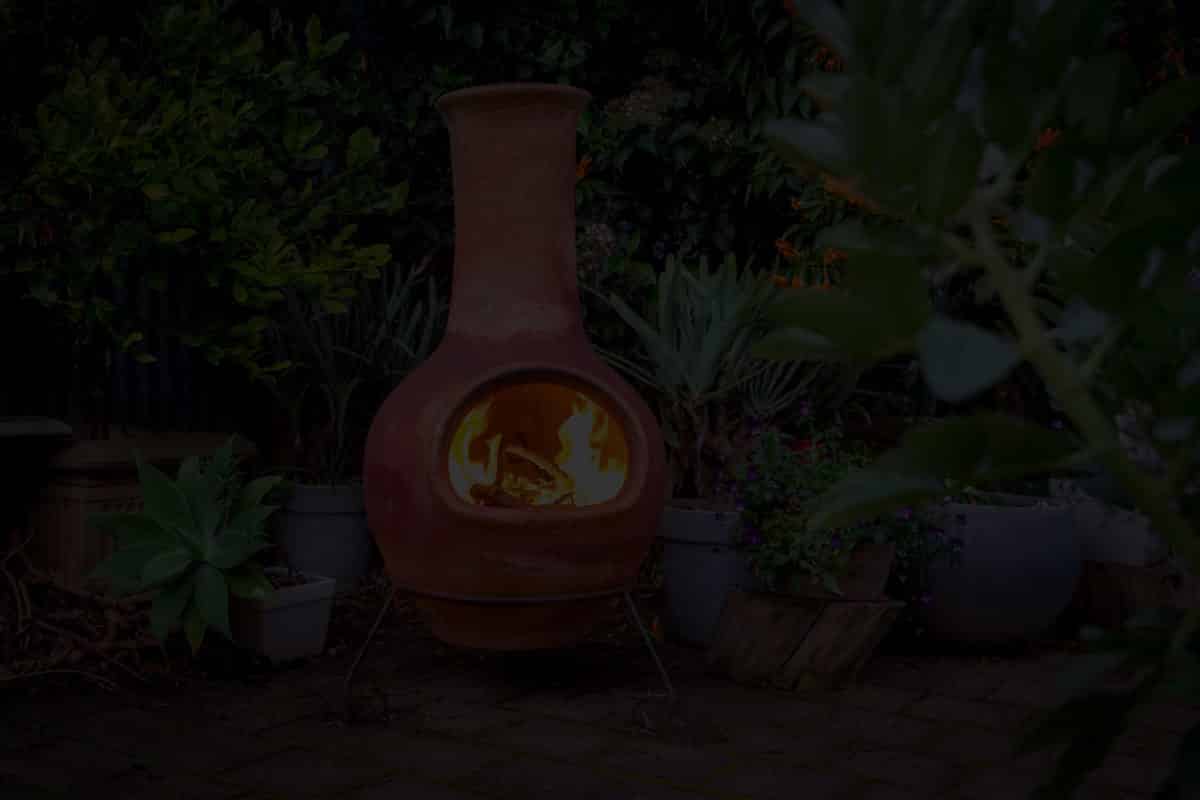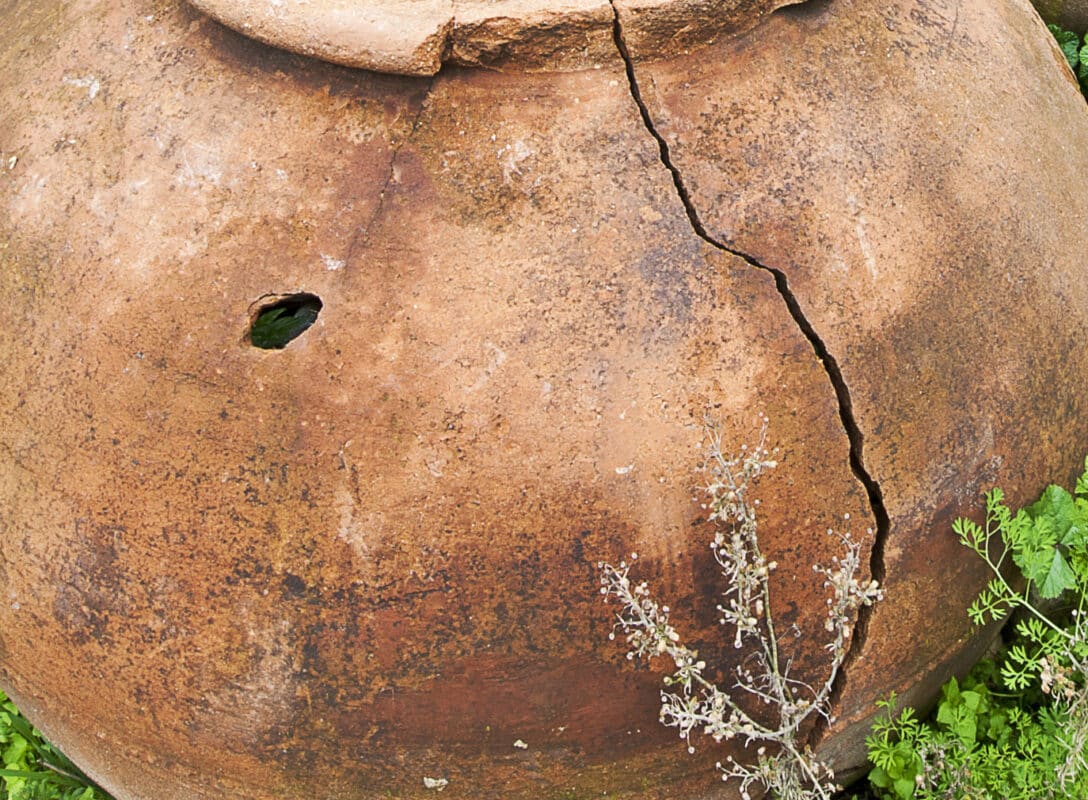Chiminea maintenance and care
Why and how do clay chimineas crack?
A clay chiminea is a precious thing. It has been carefully made by hand, with love and skill, in Mexico. It has travelled thousands of miles by sea, sometimes in dreadful weather, and stayed whole. It has spent time on the back of a lorry, been kept in a warehouse, then delivered to your home in a van. This is a tough cookie. So why and how do clay chimineas crack? Let’s find out.
Why do clay chimineas crack?
Think terracotta plant pot, the traditional pale to dark red ones with the rough finish. They’re fired once, something called a bisque firing. Unlike glazed pots there’s no need to fire them again to melt and fix a glazed colour or pattern.
Some terracotta plant pots are fired at a high temperature so feel quite smooth and hard, and they’re not very porous. They don’t absorb much water. Others are fired at a slightly lower temperature and come out of the kiln more porous. They absorb water like a sponge, and you don’t want that to happen at any time of year, especially not when there’s a risk of frost.
If your chimenea cracks or breaks in winter, there’s good news. There are loads of cool ways to re-use an old chiminea creatively indoors and out, whether it’s completely broken or just badly chipped. We’ve written a post about it, packed with inspiration. The even better news is this: a good quality chimenea cover will protect your chiminea. More about them later.
How come clay chimineas crack?
So how do clay chimineas crack? As you’ll know the last time you went outdoors to find your terra cotta plant pots broken or chipped, frost damages the material even when its a relatively un-porous pot. That doesn’t matter in countries where it’s mostly dry, like Mexico. It can get as cold as it likes outdoors. Terra cotta pots are fine. But add water to freezing conditions and you soon run into trouble. It’s a thermal stress thing.
Sometimes the surface of a clay chim chips off, which doesn’t look that bad. When you like an antique-like patina, a bit of vintage personality in your garden, it’s fine. If you’re into perfection, it might prove a bit much.
Other times, if you’re unlucky and get a big freeze after wet weather, your clay chim will actually crack. The frost or snow freezes the water absorbed by the clay, which expands dramatically as it freezes, and the clay either pings off in patches or the whole thing cracks into chunks. Not good.
How to stop a clay chiminea cracking in freezing weather?
To stop a clay chiminea cracking in winter, simply cover it up. You could do a DIY cover job but it won’t be reliable. Imagine keeping it on in storms like we’ve had in recent winters? You need special fabric, too. Layers are the name of the game. The best anti-frost covers for clay chimineas, like this one, have a tough outer and inner layer of PVC / Polyester, with an insulating later of pure cotton in between them, plus eyelets and a drawstring for a snug fit. They’re designed to keep clay chims dry, as well as just warm enough to resist frost, so you can relax. Any time you want to use your chiminea it’ll be ready for you.
As you can imagine, lighting a fire in a wet chiminea, even when it’s warm outdoors, puts it at risk of thermal stress. You only need a tiny fire at first, to evaporate the water in the clay. More about all that in other posts, where we talk about essentials like how to cure a clay chiminea the first time you use it, a simple way to protect it against thermal stress from too much sudden heat.


